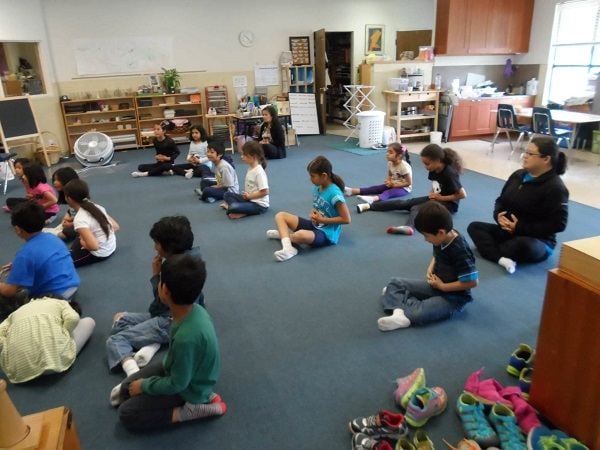When considering the benefits of a Montessori education, it is important to understand the core values of the Montessori Method. Originally designed to meet the educational needs of young children, the system has been expanded to include older kids over the years, but early childhood is still a critical period for teaching children the advantages of learning and showing them how to do it.
The 5 Principles of Montessori
Respect for the Child – Children are not puppets, meant to do as they are bid without hesitation. In Montessori learning, the first principle is to respect children, to be aware of how each one is special and unique. This does not mean that children are allowed to run rough-shod in the classroom, but it does mean that the classroom must be centered on the children.
The Absorbent Mind – This principle acts on a child’s natural desire to learn. Children can be observed to absorb knowledge as they progress through their daily activities, and the Montessori classroom gives them the freedom to live – and to learn – in each child’s own unique way. The idea is simple: During early education the mind of a child is like a sponge which absorbs what it comes into contact with.
Sensitive Periods – If the mind is thought of as a sponge, then sensitive periods are the periods of absorption. Montessori principles states that allowing the child time to become absorbed in subjects of interest allows the child to soak up more knowledge, and thereby build on their own natural curiosity and potential.
Prepared Environment – The prepared environment adds to the respect of the child and his absorbent mind by providing a classroom that is child-centered. This includes the furnishings, which are chosen to match the size of the child, but it also includes the way the materials are laid out. The idea is to mimic the natural environment while allowing the child to move freely from one resource to another. The prepared environment includes educational as well as social opportunities, including encouraging children to work together on projects and educational goals.
Self Education – The ultimate goal is to teach children a love for learning. Once that has been accomplished, children are able to educate themselves, at their own pace, where the teacher offers guidance more than direct instruction. Autoeducation is the final of the 5 steps to Montessori learning, but it is also the sum of the other philosophies together. When respect, encouragement, time, and environment are all taken as a whole, then the child is able to direct their pursuits towards reaching educational goals and acquiring new skills.
Montessori Method has been shown to work for over 100 years, and has been expanded to include children of all ages. Through the 5 Principles of Montessori, the child is given the ability and access to materials which allows seemingly effortless learning. Just as importantly, it teaches children that learning can be enjoyable in itself, and that is a lesson which will last a lifetime.
At the Montessori School of Flagstaff Westside Campus, we invite prospective parents and students into our classrooms to see the Montessori Method in action. The 5 Principles are incorporated daily through hands-on, student-led learning. Contact us today to schedule a tour.


